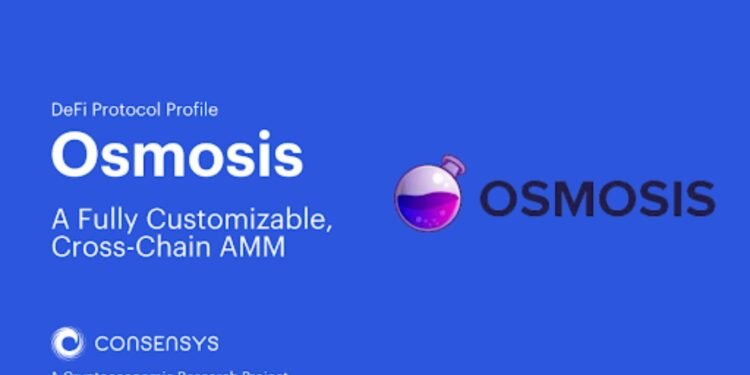Automated market makers (AMMs) are a fundamental aspect of decentralized exchanges (DEXs). They crowdsource liquidity for trading on the blockchain without the need for an order book or centralized reserve. While the technology is still in its early stages, AMMs are already processing billions of dollars worth of on-chain trades. In this article, we’ll take a closer look at how AMMs work and how they are a critical component of the wider DeFi ecosystem.
AMMs are powered by blockchain-based liquidity pools and mathematical algorithms that determine asset prices. Liquidity pools are crowdsourced collections of cryptocurrencies that are used by AMMs to trade with users on the decentralized exchange. Tokens can be deposited into these pools at any time to become a liquidity provider (LP). Once enough assets have been deposited into the pool; a mathematical algorithm will calculate an optimal price ratio for the AMM to trade.
Tokens can also be withdrawn from the pool at any time, but this could lead to a large shift in the AMM’s price ratio. This is known as impermanent loss, and it’s why AMMs work best with pairs of digital assets that have a similar value, such as stablecoins or wrapped tokens. Nevertheless, LPs are willing to accept this risk because of the high trading fees that they can earn.

The AMM crypto market is currently dominated by three main types of designs. The first is a constant product market maker (CPMM) model like the one used by Uniswap V2 and Balancer. This model determines the price of an asset by analyzing local transactions. The second type of AMM is the price discovery system model, which operates on the ideology that ‘price = 1’. This type of AMM is more common than the others, and it’s found on platforms like Stableswap and DODO.
A third kind of AMM is the price-agnostic market maker, which doesn’t require any external inputs to calculate the price of an asset. This design is more advanced than the previous two, and it’s been seen on platforms like DODO. However, the newer models of AMM are more innovative than their predecessors and should eventually reduce costs and friction for the benefit of all DEX users.

The future of AMMs is highly promising, and it’s likely that they will play an integral role in the development of DeFi. By eliminating the need for an order book and enabling users to trade directly with each other, they will reduce fees and improve liquidity. This will make it easier for new users to get involved with the crypto space. As the industry continues to grow, it’s important for us to keep an eye out for these innovative new technologies that may change the way we think about decentralized exchanges in the future.














































































































